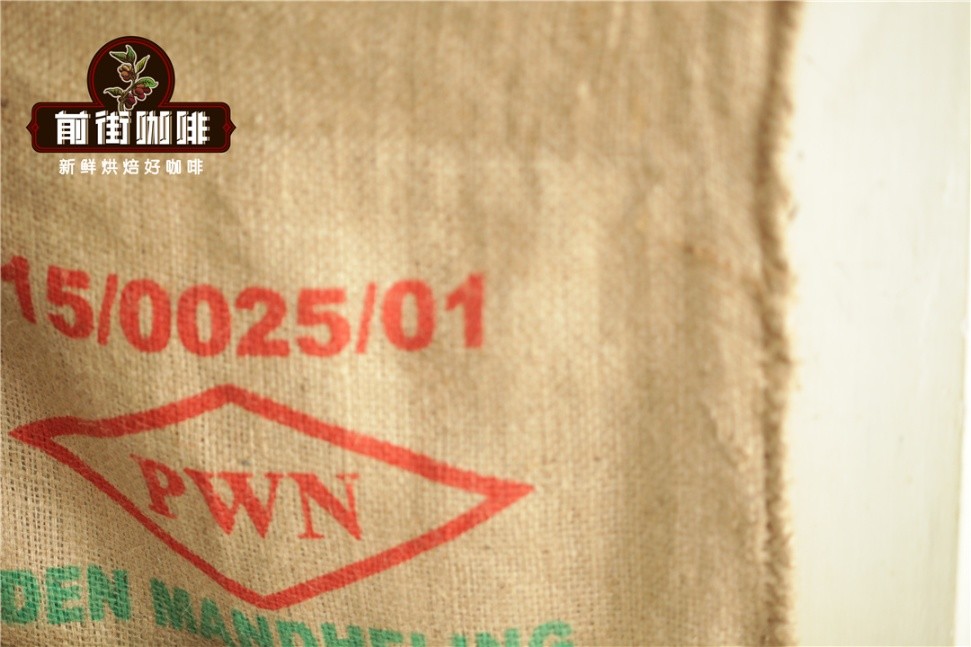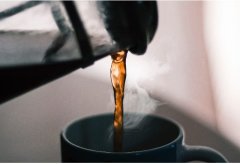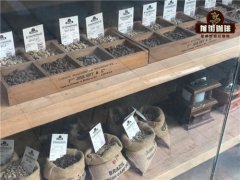Change the taste and quality of coffee beans aged coffee beans and Swiss water-treated Fagorum coffee are grown
Generally speaking, coffee trees planted at low elevations have higher yields than those planted at high elevations. However, these high quantities will affect the quality of the final product. Like any plant, the transfer of nutrients from soil to fruit largely determines the quality and characteristics of the final product. The concept of "local soil" is very popular in the brewing industry and can be applied to many other agricultural sectors, such as the coffee industry. In France, for example, it is illegal to water grapevines. This means digging deep into the roots to find water and eventually come into contact with more nutrients. As mentioned above, coffee production is higher at lower elevations (due to sunlight, temperature, etc.). Other conditions Palabus, which essentially means that cherries at lower elevations have lower concentrations as nutrients extracted from the soil spread to more fruits. This will affect the taste intensity of the final product. Therefore, growing coffee at higher altitudes limits production and increases the concentration of the final product.

Arabica coffee is very sensitive to sunlight. Scientists seem to agree that the best way to preserve Arabica coffee is to use shade trees (Jaramillo et al., 2009; Jaramillo et al., 2011; Ramirez-Villegas et al., 2012). Shade trees planted near coffee plants can block the effects of sunlight on plants and create lower temperatures that are more suitable for Arabica coffee plants. They went on to say that shade trees can lower the temperature by as much as 4 degrees Celsius. With the widespread implementation of shade trees in Colombia and Ethiopia, the growth of H. hampei (coffee-eating insects) population may be 34% lower than expected (Jaramillo et al., 2011). These relatively small steps can provide protection and stability for struggling Arabica coffee plants (when grown at low elevations). Recently, large organizations and cooperatives have been promoting the use of OMG, which is more sun-resistant and does not require tree protection. While this means more space to grow coffee (instead of space occupied by trees), it also means greater vulnerability to drought and a greater risk of disease and attack (H. hampei). Usually Colombian coffee production will have a range of either bananas and plantain trees. This is because, like sponges, they retain water in the trunk and release it when the soil is too dry. It is also important to know that bananas rarely fall to the ground, so they do not interfere with the soil. While this means more space to grow coffee (instead of space occupied by trees), it also means greater vulnerability to drought and a greater risk of disease and attack (H. hampei). Usually Colombian coffee production will have a range of either bananas and plantain trees. This is because, like sponges, they retain water in the trunk and release it when the soil is too dry. It is also important to know that bananas rarely fall to the ground, so they do not interfere with the soil. While this means more space to grow coffee (instead of space occupied by trees), it also means greater vulnerability to drought and a greater risk of disease and attack (H. hampei). Usually Colombian coffee production will have a range of either bananas and plantain trees. This is because, like sponges, they retain water in the trunk and release it when the soil is too dry. It is also important to know that bananas rarely fall to the ground, so they do not interfere with the soil.

Change the taste and quality of coffee
Aged coffee
Coffee is stored in the warehouse for several years to reduce acidity and increase the body.
Swiss water treatment
The SWISS WATER ®process is a 100% chemical-free decaffeinated coffee process. Most decaffeinated processes use chemical solvents such as dichloromethane (MC). The SWISS WATER ®process uses only water to remove caffeine to produce water-treated decaffeinated coffee. This is becoming an increasingly popular form of caffeine decaffeination.
Important Notice :
前街咖啡 FrontStreet Coffee has moved to new addredd:
FrontStreet Coffee Address: 315,Donghua East Road,GuangZhou
Tel:020 38364473
- Prev

How do you get the aroma of coffee beans? How do we perceive the aroma of coffee? Those compounds produce aromas.
What produces the aroma of coffee? To understand chemistry we drink coffee in order to enjoy its unique flavor and rich aroma. When we pour or sip espresso, it is reminiscent of chocolate, caramel, almonds, fruits and flowers. But what happened at the chemical level? Each sensory characteristic is the result of chemical and biological reactions. Please read on to learn more about production
- Next

The effect of coffee roasting on caffeine content The effect of caffeine on the body
Do you use coffee as an energy source for a busy day? Do you try to avoid caffeine for health reasons? About 90% of our population consumes caffeine daily. Much of coffee's appeal lies in its ability to wake you up easily and, perhaps more importantly, keep you alert. no
Related
- Detailed explanation of Jadeite planting Land in Panamanian Jadeite Manor introduction to the grading system of Jadeite competitive bidding, Red bid, Green bid and Rose Summer
- Story of Coffee planting in Brenka region of Costa Rica Stonehenge Manor anaerobic heavy honey treatment of flavor mouth
- What's on the barrel of Blue Mountain Coffee beans?
- Can American coffee also pull flowers? How to use hot American style to pull out a good-looking pattern?
- Can you make a cold extract with coffee beans? What is the right proportion for cold-extracted coffee formula?
- Indonesian PWN Gold Mandrine Coffee Origin Features Flavor How to Chong? Mandolin coffee is American.
- A brief introduction to the flavor characteristics of Brazilian yellow bourbon coffee beans
- What is the effect of different water quality on the flavor of cold-extracted coffee? What kind of water is best for brewing coffee?
- Why do you think of Rose Summer whenever you mention Panamanian coffee?
- Introduction to the characteristics of authentic blue mountain coffee bean producing areas? What is the CIB Coffee Authority in Jamaica?

